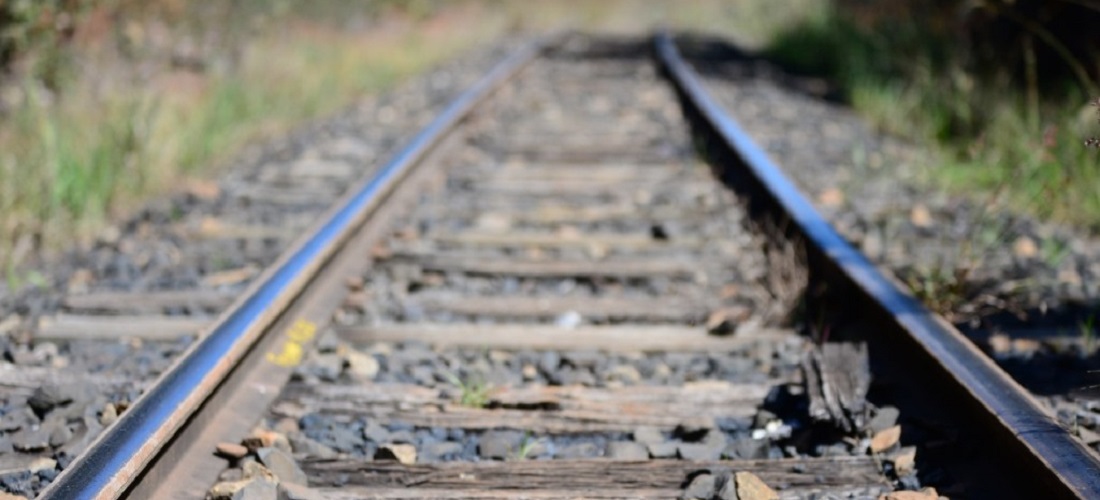
Ferrogrão rail project yet again center of environmentalists’ concern
Mar, 26, 2024 Posted by Gabriel MalheirosWeek 202413
The Ferrogrão, a railway project spanning 933 kilometers between Mato Grosso and Pará, still faces resistance from environmental groups advocating for preserving protected areas and traditional peoples in the Xingu and Tapajós river basins. The latest point of contention concerns a transshipment terminal in Matupá, Mato Grosso.
The idea of building the logistics terminal, just over 200 kilometers from Sinop, was brought up during the formulation of the original project design. It would be an additional point for loading cargo onto the wagons traveling the railway. The concept was then ditched, at least in rhetoric, by those advocating for a more sustainable “green corridor” in the middle of the Amazon, arguing that environmental impact would be lesser if additional stops along the railway extensions were avoided.
In the first year of Lula’s third administration, studies were resumed after a long-standing legal issue was resolved in the Supreme Federal Court (STF). The issue involved changing the boundaries of the Jamanxim National Park in Pará to accommodate the mega-railway project.
Anticipating opposition to the project, the Ministry of Transportation formed a working group with government representatives and stakeholders to build consensus. During a meeting on February 7th, members of the Socio-Environmental Institute (ISA) were taken aback by the inclusion of an additional railway terminal.
“For a long time, we questioned the government about whether there would be intermediate stations because it was always assumed that the project would be without them. This is very important information for assessing the impacts,” said Mariel Nakane, technical advisor and economist at ISA.
Members of the institute had already identified references to the terminal in the economic studies of Ferrogrão, submitted to the Federal Court of Accounts (TCU), related to cargo demand. It was striking that the train stop in Matupá was not mentioned in the analyses of environmental feasibility.
According to Nakane, the railway terminal could increase the socioeconomic impact of heavy cargo movement closer to forest areas, specifically at the junction with the MT-322 state highway (formerly BR-080). She explains that the region’s traditional peoples suffered for decades during the construction of the BR-163, which connects Mato Grosso and Pará.
The most emblematic example, according to Nakane, was the displacement of approximately 80% of the Panará people from their land in the 1970s for highway construction, which marked their first contact with other civilizations. Only in the 1990s were they able to return to their original region.
The Ferrogrão, supported by agribusiness entrepreneurs in Mato Grosso, has a budget of over R$20 billion and aims to reduce freight prices by delivering grain cargo to Northern ports.
When contacted, the Ministry of Transportation stated that the project is currently receiving contributions from civil society, experts, and entities interested in the venture and that the inclusion of the intermediate station is subject to a preliminary socio-environmental analysis.
Source: Valor Econômico
Click here to read the original news article: https://valor.globo.com/brasil/noticia/2024/03/25/saiba-por-que-projeto-da-ferrograo-voltou-a-preocupar-ambientalistas.ghtml
-
Ports and Terminals
Nov, 17, 2021
0
Ceará inaugurates sector 2 of the EPZ in the Pecém Complex
-
Economy
Apr, 03, 2024
0
Chile’s economic activity posts largest increase since mid-2022
-
Ports and Terminals
Jul, 13, 2022
0
China port congestion seen growing on back of local lockdowns and poor weather
-
Other Logistics
Jul, 06, 2023
0
New tariff discounts boost cabotage, inland navigation to Rio Grande Port

